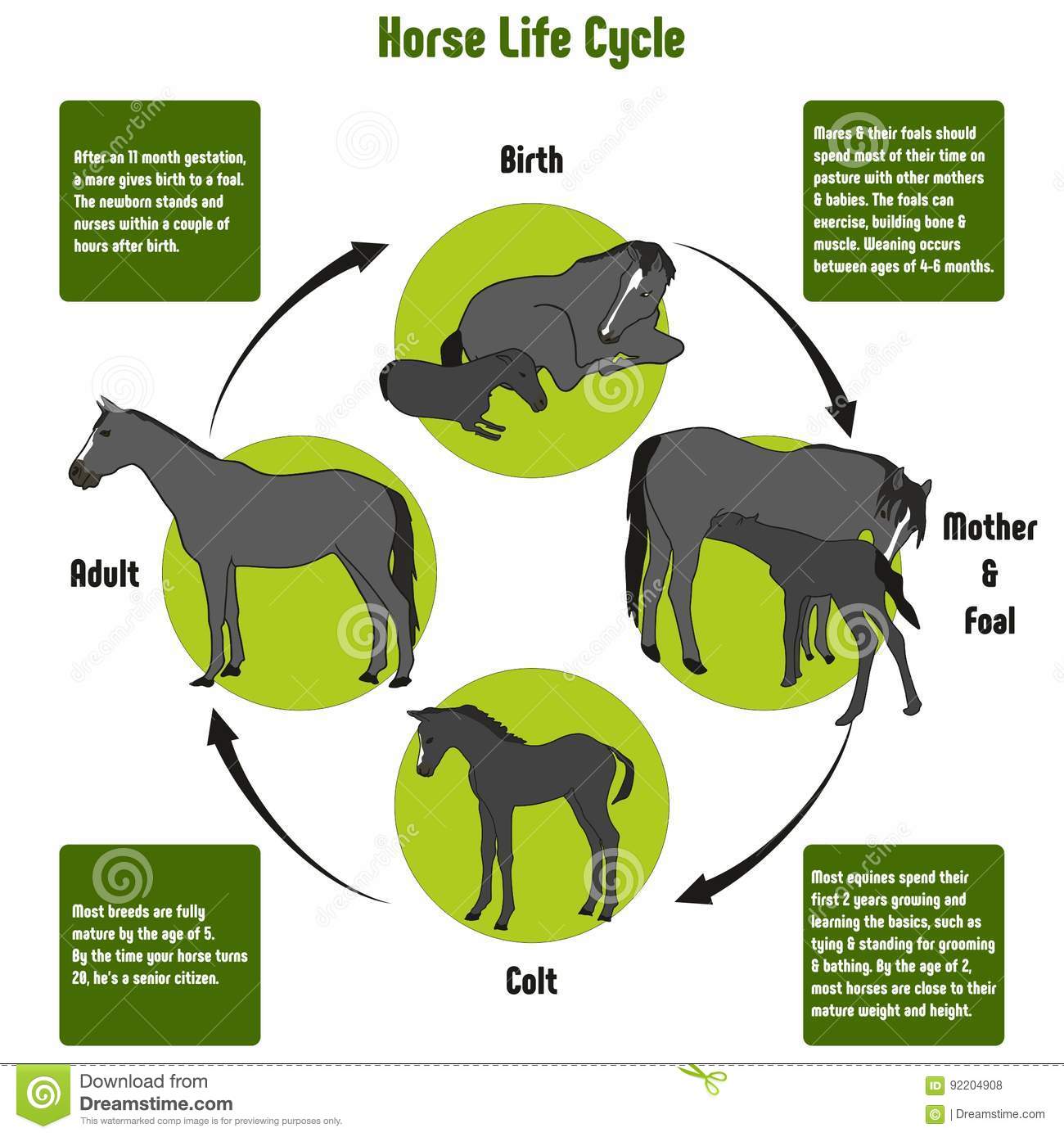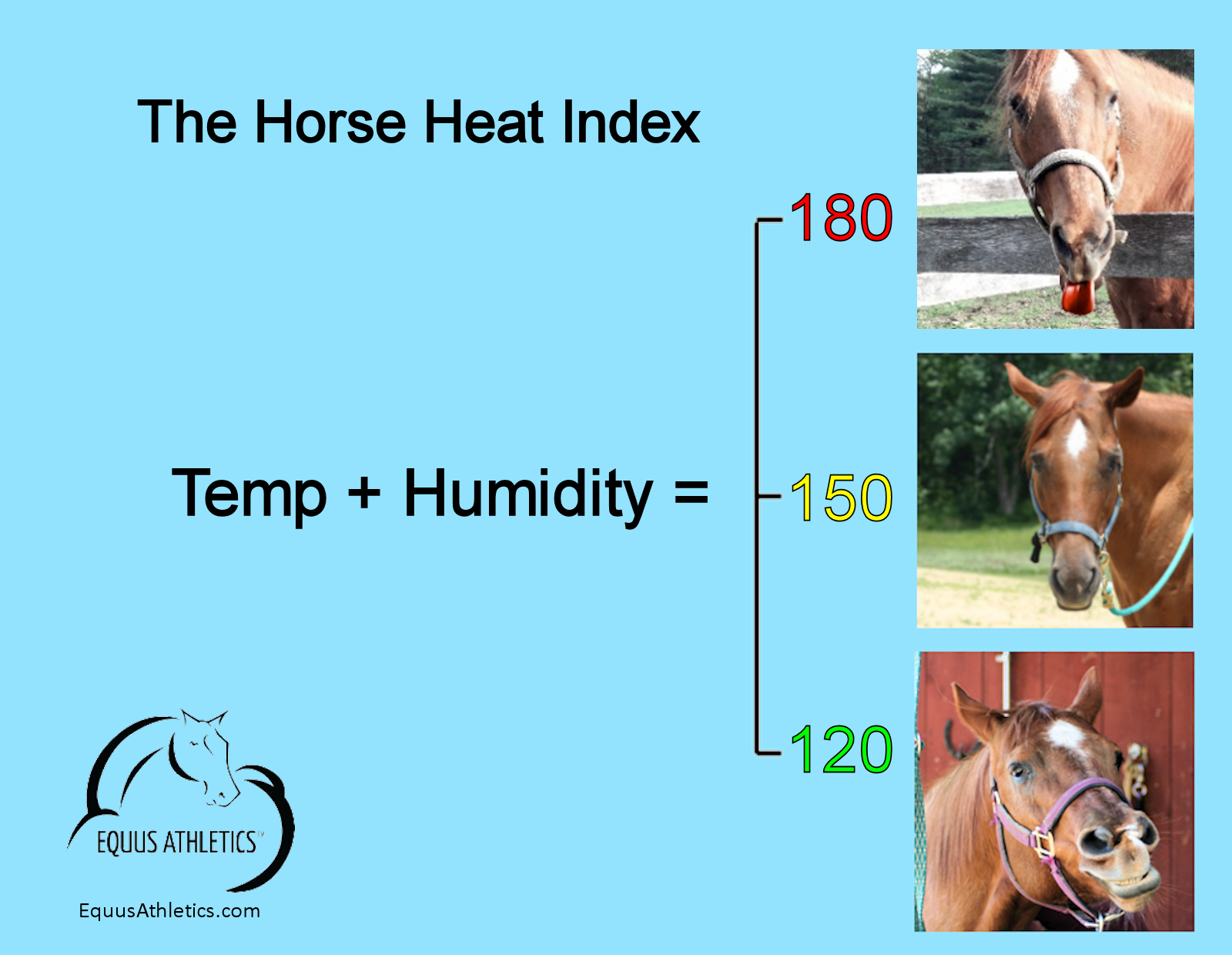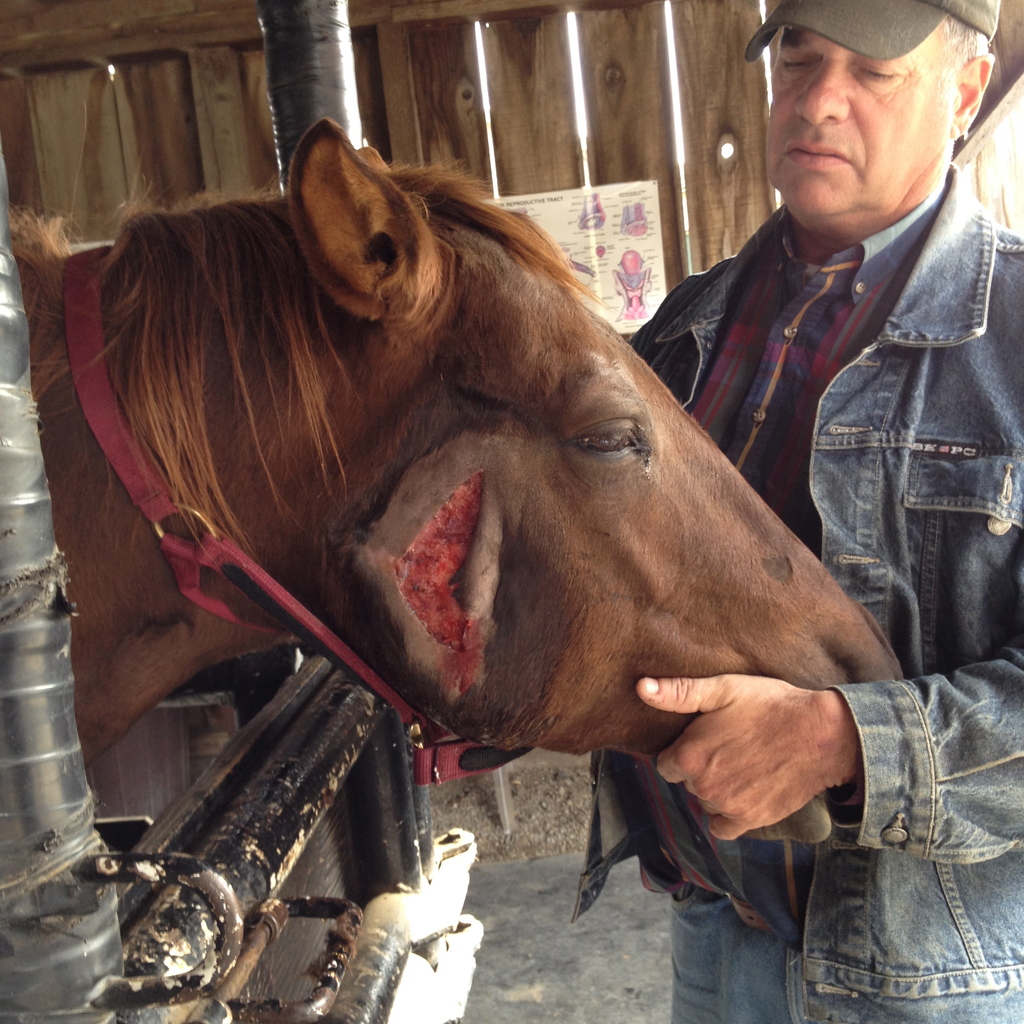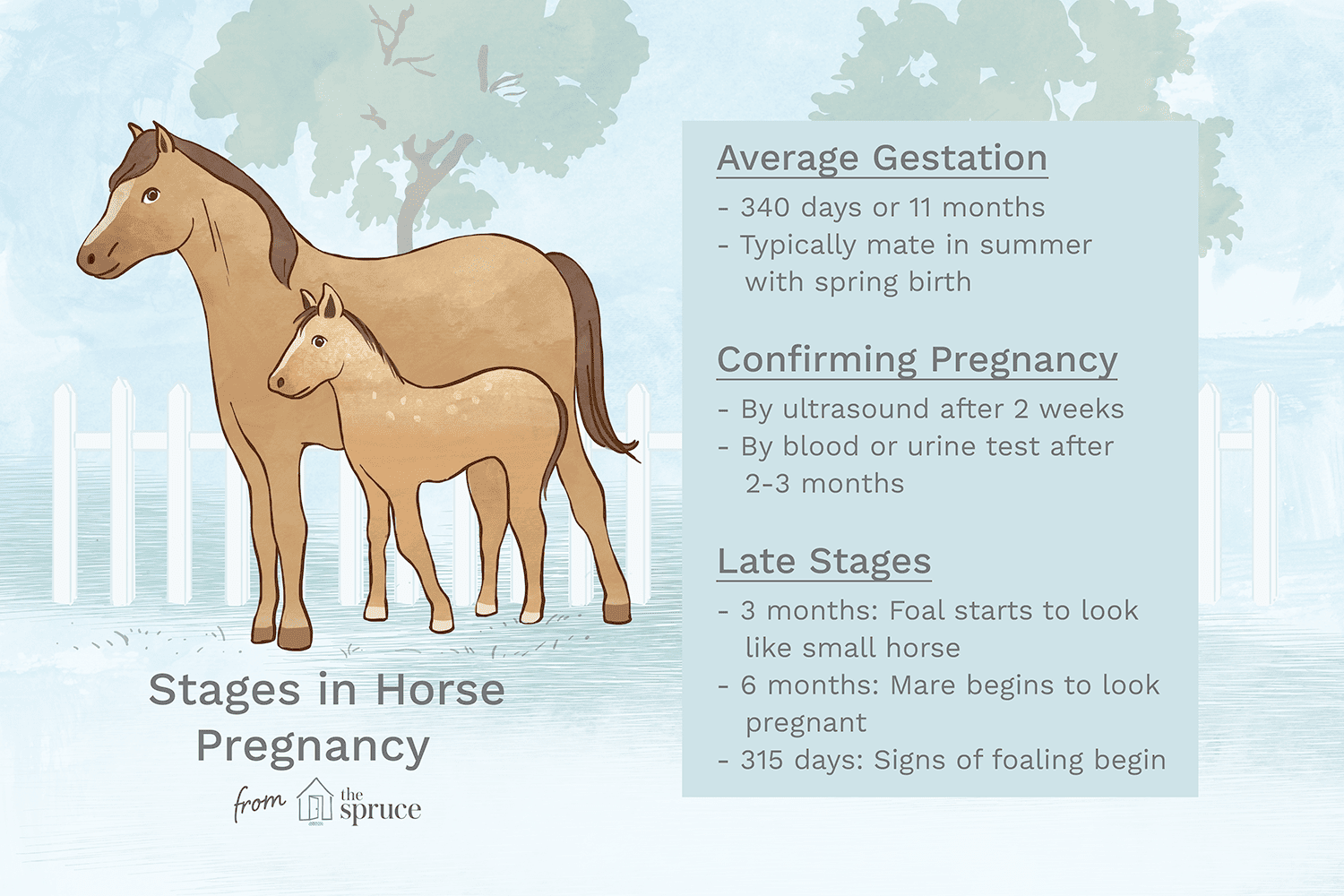For anyone involved in the equine industry, understanding horse breeding cycles is critical for successful horse reproduction. The cycle dictates when a mare is receptive to a stallion and able to conceive. Managing this cycle effectively is key to breeding success and requires a deep knowledge of equine reproductive behavior.
The Equine Estrous Cycle Explained
The equine estrous cycle encompasses a mare’s hormonal fluctuations throughout the year, dictating her reproductive readiness. This cycle is divided into two phases: estrus, when the mare is fertile and receptive to the stallion, and diestrus, when she is not. The entire cycle is orchestrated by complex interactions between hormones such as estrogen and progesterone.
Horse Heat Cycle: Frequency and Duration
The frequency and duration of the horse heat cycle can vary, but typically, a mare goes into heat every 21 days. The estrus portion, when the mare is most receptive to breeding, lasts approximately 5-7 days. Understanding the timing of these cycles is paramount for breeders aiming to optimize mating opportunities.
Signs of Heat in Horses

Recognizing the signs of heat in horses allows breeders to identify the optimal time for mating. These signs can be subtle or obvious, depending on the individual mare, and knowing what to look for is an essential part of horse management.
Physical Signs and Behaviors Indicating Estrus in Mares
- Frequent urination
- Tail raising
- Swelling and softening of the vulva
- “Winking” of the vulva
- Increased affection or interest in stallions
These behaviors and physical changes serve as indicators that a mare is in estrus and ready for breeding.
How to Monitor and Detect Mare Heat Symptoms
To monitor and detect mare heat symptoms, close observation and record-keeping are vital. Breeders often use a combination of visual observation, palpation by a veterinarian, and even ultrasound to confirm the presence of a follicle on the ovary. Keeping track of behavioral changes and physical signs in a log can help predict future cycles with greater accuracy.
Mare Breeding Season Insights

The mare breeding season is influenced by many factors, including daylight, temperature, and the mare’s overall health. Breeders must be attuned to these influences to plan their breeding programs effectively.
When is Horse Mating Season?
Horse mating season typically occurs from late winter through early summer, with peak fertility in the spring. This season aligns with the natural increase in daylight hours, which stimulates hormonal changes in mares and prepares them for breeding.
How Often Do Mares Cycle Annually?
On average, how often do mares cycle? They typically experience regular estrous cycles during the longer days of spring and summer, cycling every 21 days. However, during the winter months with shorter daylight hours, mares enter an anestrus period where they do not cycle at all.
Managing Horse Heat Frequency

Managing horse heat frequency is a strategic part of breeding program success. Breeders can influence the mare’s cycle through various environmental and medical interventions.
Strategies to Regulate the Estrus Cycle in Mares
There are several strategies to regulate the estrus cycle in mares, including the use of supplemental lighting to mimic longer daylight hours, hormone therapies to trigger or suppress heat, and controlled breeding to ensure optimal conception rates.
Impact of Light and Temperature on Mare Breeding Season
Light and temperature play crucial roles in the mare breeding season. Increasing light exposure through artificial means can trick a mare’s body into initiating the cycle earlier in the year. Similarly, mares are more likely to have regular cycles in moderate climates, as extreme temperatures can disrupt the cycle.
Advances in Horse Reproduction

Technological and scientific advancements have revolutionized horse reproduction, offering breeders a variety of tools to manage breeding cycles and enhance conception rates.
Artificial Control Methods for Horse Heat Cycles
Artificial control methods for horse heat cycles include hormonal treatments such as progesterone and estrogen therapies that regulate or induce estrus. Light therapy, as previously mentioned, is also a popular method to manipulate the breeding cycle.
Breeding Technologies and Their Effect on Horse Reproduction
Innovative breeding technologies, such as artificial insemination and embryo transfer, have greatly impacted horse reproduction. These methods allow for greater genetic diversity, the preservation of valuable genetics, and safer breeding practices.
Conclusion: Maximizing Breeding Success

Effective management of the equine breeding cycle is essential for successful reproduction. By understanding and controlling the factors that influence the cycle, breeders can optimize their programs and outcomes.
Key Takeaways for Managing Equine Breeding Programs
To maximize breeding success, breeders should monitor signs of heat in horses, understand mare breeding season patterns, and consider advances in horse reproduction technologies. Strategic management of these elements leads to more predictable and successful breeding results.
When delving into the care and understanding of horses, there are numerous aspects to consider. If you’re curious about their reproductive cycles, our article on how often horses go into heat provides detailed insights. Horse owners and enthusiasts might also want to learn about other aspects of equine care. For instance, understanding a horse’s need to relieve itself is essential, so reading up on how often horses pee can be quite informative. Additionally, dental care is crucial for these animals, which is why we cover the topic of how often horses need their teeth floated. And let’s not forget about the importance of proper hoof care; learn more about the frequency of shoe changes in our article on how often you should change a horse’s shoes. These resources can help ensure that your horse is healthy, happy, and well-maintained.
Further Research and Resources on Horse Reproduction
For those looking to deepen their knowledge, further research and resources on horse reproduction are available through veterinary texts, academic journals, and equine reproduction specialists. Staying informed of the latest advancements and best practices ensures the well-being of mares and the success of future generations of horses.



